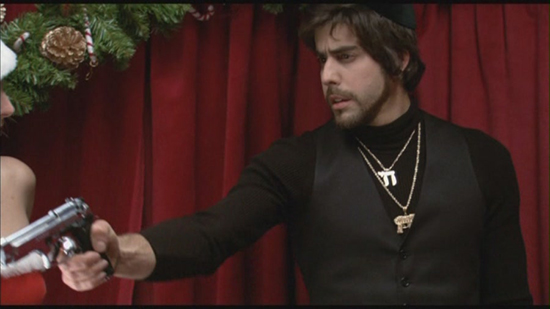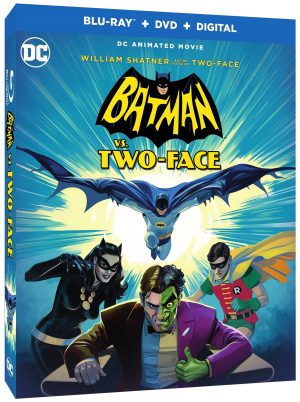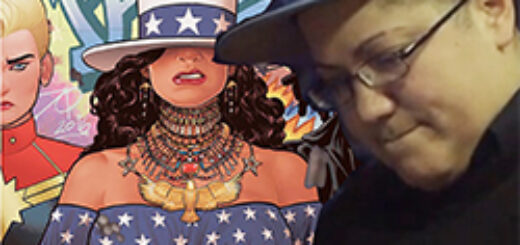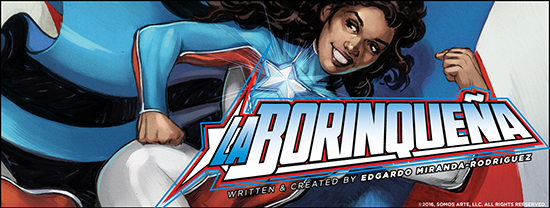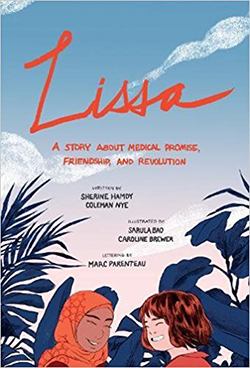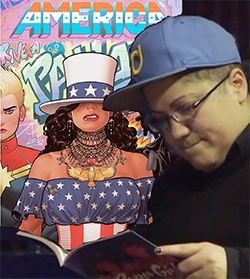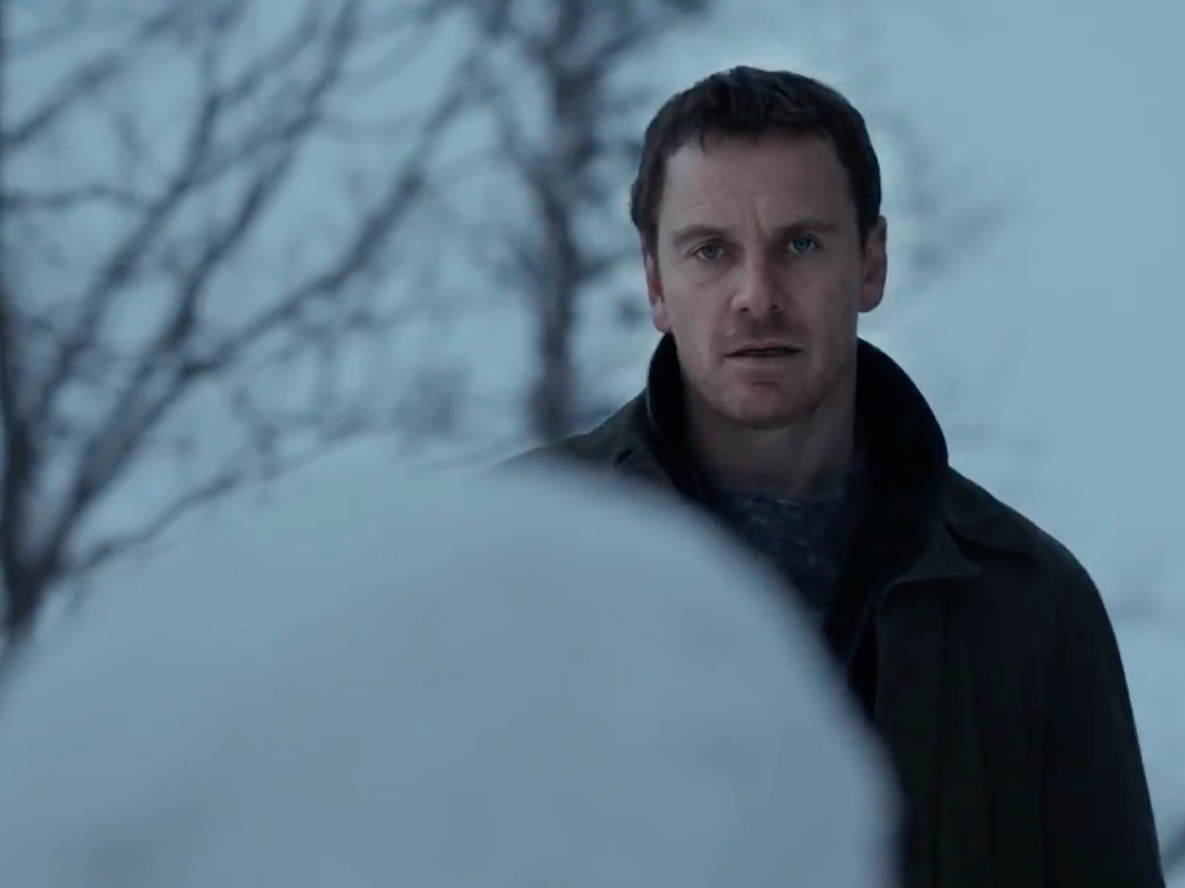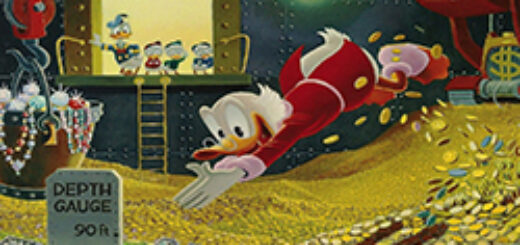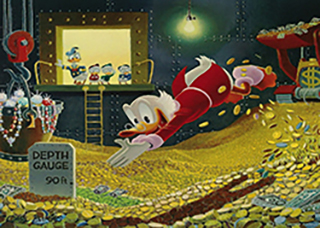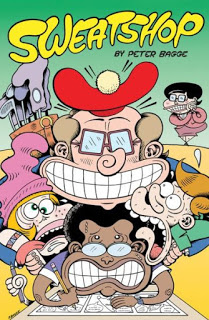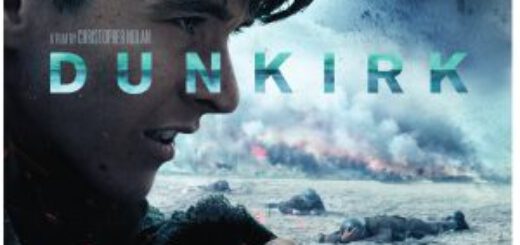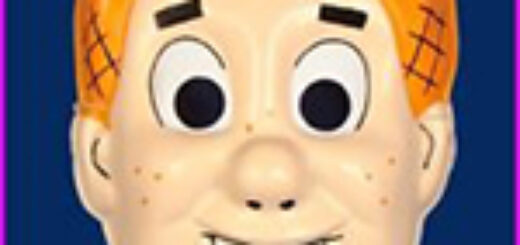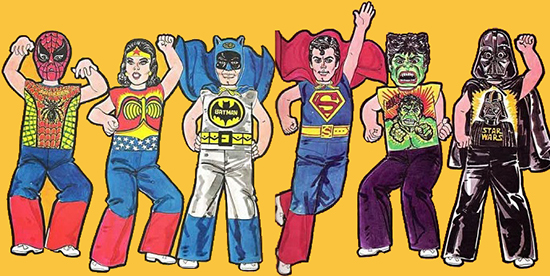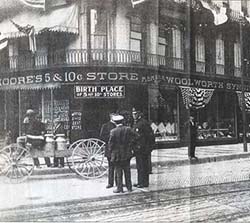Marc Alan Fishman: Shabbat Shalom, Mother Trumper!
In 2003, the baddest Heeb this side of Tel Aviv took on Christmas. The Hebrew Hammer, a send-up of Shaft by way of Manischewitz, hit Comedy Central. It was, as it still is, a hilarious holiday romp that made star Adam Goldberg pull off cool, even while in complete Jewish regalia.
As someone who stayed Jewish mostly for the jokes myself, I was drawn to the flick at the mere mention of it at the first teaser, most likely saddled between an episode of The Daily Show and a rerun of Strangers With Candy. But as with many a holiday special, The Hebrew Hammer made its way to the DVD rack (purchased by yours truly essentially the day it hit said rack), and for many a gentile… faded from memory. Now that I’ve successfully spared you looking it up on Wikipedia, we soldier on.
The Hebrew Hammer is set to return, just in the nick of these tumultuous times. For anyone not paying attention to the current meteoric rise of Tiki Torch sales, the time is nigh for a plucky Hassid to don his wool hat and Blue Blockers to do what needs to be done here in Trump’s Amerikkka. What’s that? Oh, you know. Go back in time and kill Hitler. Suck on those kosher nuts, Tarantino.
Launching a campaign via MicroVentures, Hebrew Hammer vs. Hitler is crowdfunding its way to punching the anti-Semites right where it hurts. I had the privilege of speaking to Adam Goldberg (the He-Man Hebrew himself) and Jonathan Kesselman (the nebbishy Jew behind the camera) to learn more.
 Before we start, should we… you know… show people the actual video for the campaign?
Before we start, should we… you know… show people the actual video for the campaign?
Adam Goldberg: I think… maybe… well—
Jonathan Kesselman: Yes. Do that.
Adam Goldberg: (some barely audible kvetching about being interrupted) You should go here and watch the thing.
OK, simple enough. Now, what do people need to know about Hebrew Hammer vs. Hitler that isn’t in the video?
Adam Goldberg: I don’t know… Well, over the years, after the first film, people had been asking me about doing another Hammer and I was always one foot in, one foot out, you know? And it was also couched in those feelings you can get of being too-overly-identified by a single character. But then, of course, maybe a year or so ago, with the ascent of Trump, my Twitter mentions begin to include calls for the resurrection of the Hammer – when it didn’t include grotesque anti-Semitic propaganda from these pussies hiding behind cartoon frog avatars. So Jon and I began talking about recontextualizing the sequel script we had worked on years ago—not changing it dramatically, just giving it a little symbolic contemporary context. We had come up with some serialized shorts to sort of bridge the gap between the two movies that we thought we might put online, but in the end we decided to focus our efforts on getting the sequel made. We sort of bastardized the “pilot” of the series to use as our campaign video.
And from there… how did you decide on this campaign specifically?
Adam Goldberg: Indiegogo had been courting us for a while. They had recently teamed up with Microventures to form a new entity which finances projects using equity crowdsourcing. Jon and I felt the cultish nature of the film always lent itself to a crowdsourcing campaign but we dug the idea that you weren’t merely donating, or just getting a mug or a hat or whatever, but that you were actually investing in the film— and invested in the financial success of the film.
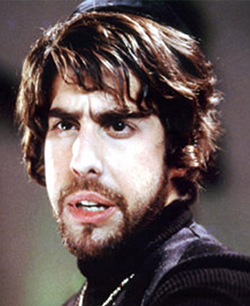 I would dare say… how Jewish of your guys!
I would dare say… how Jewish of your guys!
Adam Goldberg: (laughs) Uh, yeah. I mean, it depends. The Nazis would say it would be more Jewish of us to just take the money. In this case, we’re investing it. It’s more accounting-based… but I feel like maybe we’re going down the wrong road here, Marc. (laughs)
But, you know. Look, I have no problem with straight-up crowdsourcing. I’ve lent support to many campaigns – completely not movie related at all. And I’m even considering doing it for an album I’d release next (as in music, as Adam has three albums out already). But the campaigns I like the best are the ones where in essence you’re pre-ordering the product. And in this case you get to watch the film and maybe you see a financial benefit. It just feels like a more collaborative effort.
And we can’t ignore that Hitler has been offed semi-recently in film. Can you promise us Hammer kills Hitler better than Inglorious Basterds?
Adam Goldberg: I have no idea! Never seen it, if for no other reason to never be accused of borrowing from it. But we wrote Hammer vs. Hitler in 2005. So…
• • • • •
So, what are you waiting for, bubbala? I hope you had a chance to watch the video and see their campaign. Suffice it to say, I was moved by it enough to back it. Then again, I am Jewish and as such felt the pangs of guilt to help my fellow tribe-members out. And who am I to say no? I mean, sure, I’m a father of two growing boys, and I have my own ventures I sink my money into, but how could I let these fine young men stay poor and broke out in the street?
And to my goyem friends, how could you pass up this deal? I mean South Park already let loose the secret of our Jew Gold. And now you have this rare chance to become an investor in a big Jewish Hollywood film? I mean, what kind of madness is this? It’d be like Adam Sandler letting you invest in his next 19 crappy Netflix shows… except this will actually be funny, won’t be phoned in, and has 1000% more killing of Hitler.

